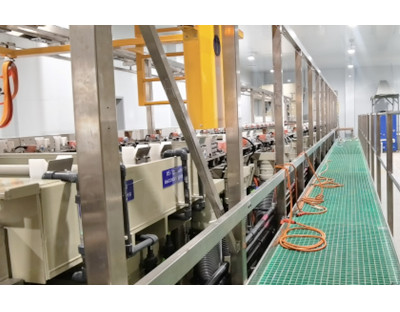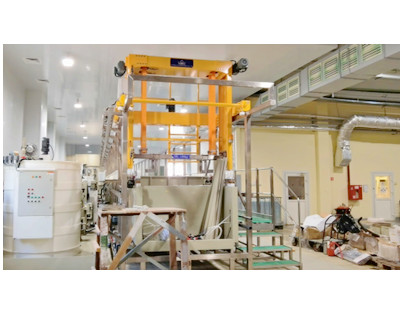1.Why do pits appear during nickel electroplating?
Cause: pits are the result of organic pollution. Large pits usually indicate oil pollution. If the mixing is poor, the bubbles cannot be expelled, which will form pits.
Solution: Wetting agent can be used to reduce its impact. We usually call small pits pinholes. Poor pretreatment, metal impurities, too little boric acid content, and too low bath temperature will cause pinholes. Therefore, bath maintenance and strict control process are the key.
2.Surface roughness (burr) after nickel plating process
Cause: a, the solution is dirty and the PH is too high to form hydrogen and oxygen precipitation; C The current density is too high;
Solution: Rough solution means dirty solution, which can be corrected after full filtration; If PH is too high, it is easy to form hydroxide precipitation, which should be controlled; If the current density is too high, impurities are brought in by impure anode slime and make-up water, roughness (burr) will occur in serious cases.
3.Low binding force
If the copper coating is not activated to remove the oxide layer, the adhesion between copper and nickel will be poor, and the coating peeling will occur. If the current is interrupted, it may cause the nickel coating to peel off; If the temperature is too low, peeling will also occur.
4.Brittle coating and poor weldability
When the coating is bent or worn to some extent, it usually shows the brittleness of the coating, which indicates the presence of organic or heavy metal pollution. Too many additives increase the organic matter and decomposition products carried in the coating, which is the main source of organic pollution and can be treated with activated carbon; Heavy metal impurities can be removed by electrolysis and other methods.
5.The coating is dark and uneven in color
The darkening and uneven color of the coating indicate metal contamination. Because copper is usually plated first and then nickel, the copper solution brought in is the main pollution source. It is important to minimize the copper solution on the hanger. In order to remove the metal pollution in the tank, the corrugated steel plate is used as the cathode for electrolytic treatment at the current density of 0.12-0.50A/d ㎡. Poor pretreatment, poor bottom coating, low current density, low concentration of main salt, and poor conductive contact will affect the coating color.
6.Coating burn
Possible causes of coating burn: insufficient boric acid, low concentration of metal salt, low working temperature, high current density, high PH value or insufficient stirring.
7.Low deposition rate
Low PH value or low current density will cause low deposition rate.
8.Coating blistering or peeling
Blistering or peeling will occur when the pretreatment is poor, the intermediate power-off time is too long, the organic impurities are polluted, the current density is too high, the temperature is too low, the PH value is too high or too low, and the impact of impurities is serious.
9.Anodic passivation
The anode activator is insufficient, the anode area is too small, and the current density is too high.





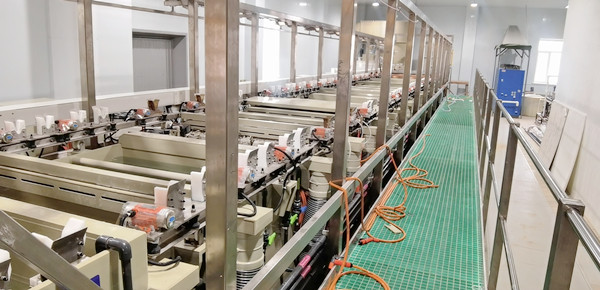
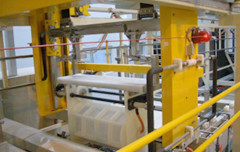
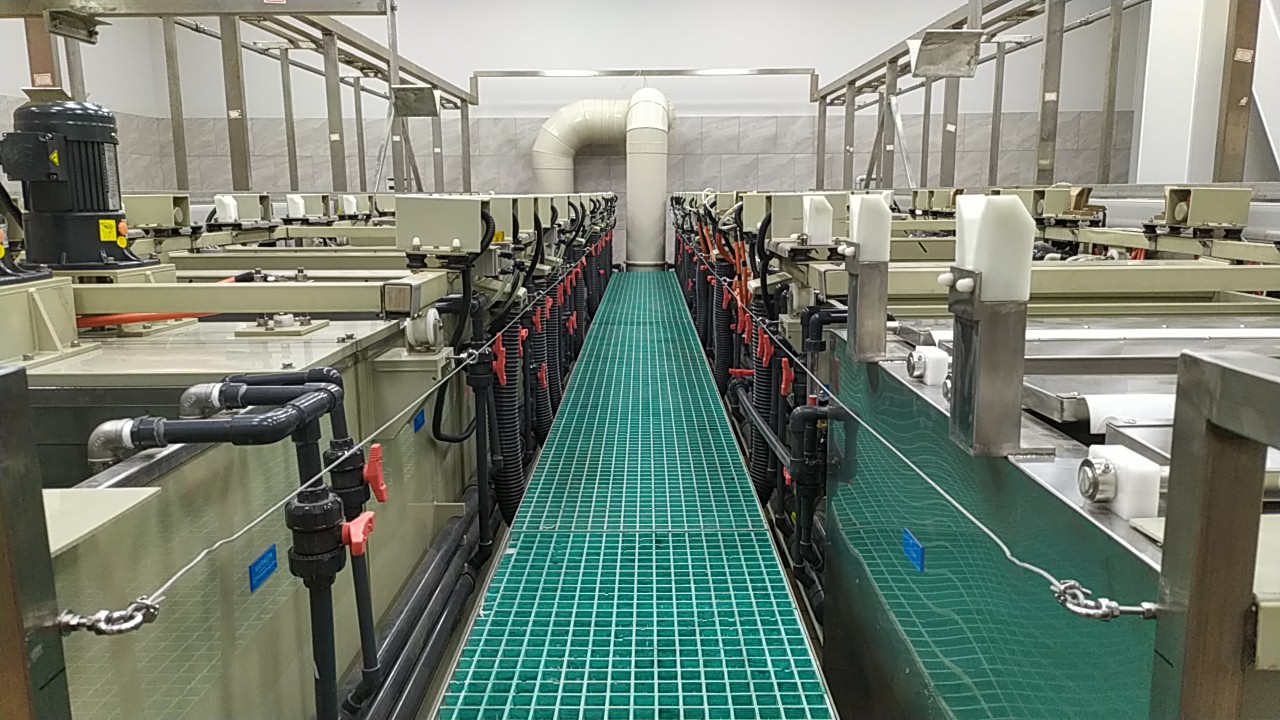
 Jun. 23, 2022
Jun. 23, 2022 